Under the blazing sun, many areas have experienced continuous days of high temperatures and low rainfall. Today (July 11th), we officially enter the summer solstice period, and with this year's summer solstice lasting 40 days, it means that Tea gardens will face even more severe challenges in the coming days. In light of this situation, what measures should we take to effectively protect tea gardens and mitigate the impact of extreme weather on tea production? This issue will provide detailed answers.
I. Characteristics of Recent High Temperatures
According to China Weather Network, starting tomorrow, regions such as North China and the Huai River Basin will experience a brief respite from high temperatures due to increased precipitation. However, high temperatures in the south are expected to persist until the weekend, with most parts of Jiangnan and South China experiencing high temperatures ranging from 35–37°C, and some areas of Jiangnan reaching up to 38–40°C.
Based on the high-temperature forecast map released by the Central Meteorological Observatory, almost all tea-growing regions in Jiangnan, Jiangbei, and South China are facing high temperatures. The Jiangnan tea region is the most affected, with the highest temperatures reaching 37–39°C in central Zhejiang, southern Anhui, most of Jiangxi, eastern Hubei, and central Hunan, with some areas exceeding 40°C. Conditions in the Jiangbei tea region are slightly better, but northern Hubei still experiences high temperatures of 37–39°C. The high-temperature areas in the South China tea region are mainly concentrated in central and northern Fujian and parts of Guangxi. The Southwest tea region is less impacted by high temperatures, except for the Sichuan Basin where temperatures remain high for several days, especially in southeastern Sichuan, where local maximum temperatures can exceed 40°C. The upcoming sustained high temperatures will have a significant impact on tea garden management in various tea regions.
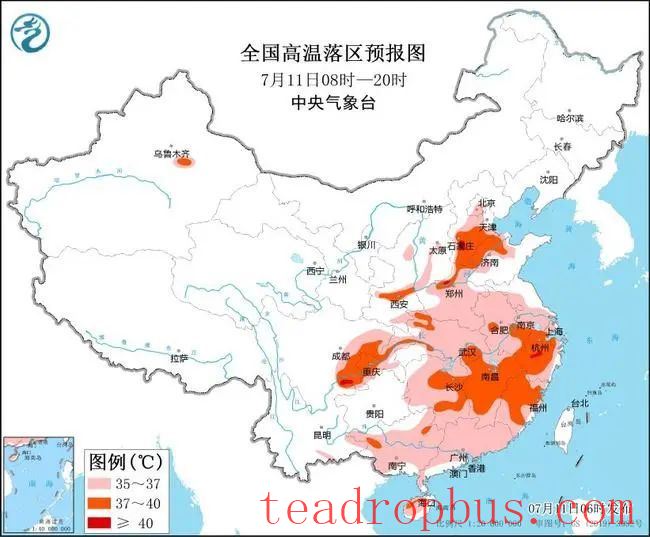
II. Preventive Measures for High Temperatures and Drought in Tea Gardens
1. Construction of Irrigation Facilities
Based on the geographical conditions of the tea garden, construct rainwater collection pits or reservoirs in low-lying areas of the tea garden and build water channels depending on the terrain to improve irrigation capacity. Additionally, laying down irrigation systems, such as sprinkler or drip irrigation, can effectively conserve water resources and reduce labor costs associated with manual irrigation.
2. Planting Shade Trees
Planting shade trees within the tea garden can effectively improve microclimate conditions, maintain soil moisture, and increase humidity in the tea garden by reducing surface water evaporation during high-temperature and drought conditions. Suitable tree species for shade trees include mimosa, acacia, Chinese pine, or fruit trees like plum, peach, and persimmon. Shade trees should not be planted too densely, and their location should minimize the occupation of tea garden space while not affecting mechanized management of the tea garden.
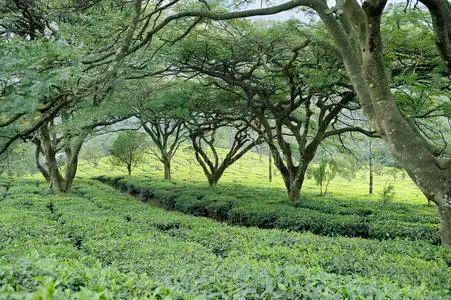
III. Emergency Measures for High Temperatures and Drought in Tea Gardens
1. Timely Irrigation
For tea gardens with access to water sources, irrigation should be carried out as much as possible. Sprinkler or drip irrigation methods can be used to irrigate the tea garden, with irrigation times recommended in the early morning or evening to avoid damage caused by sudden temperature changes when the temperature of the water is low and the air temperature is high at midday.
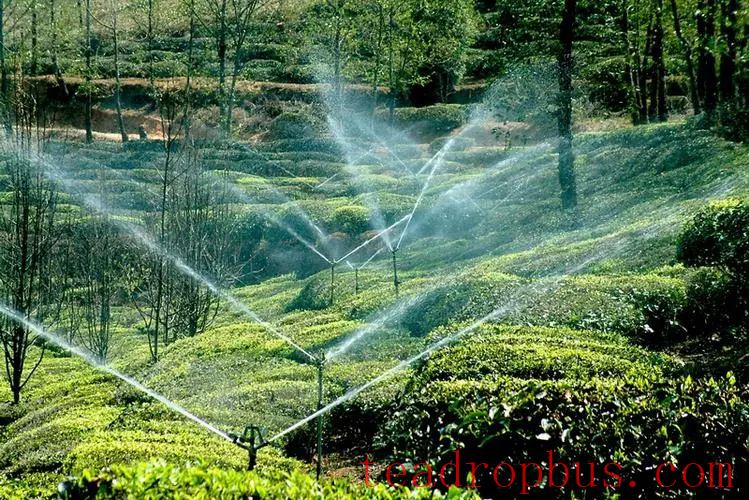
2. Mulching the Tea Garden
Laying straw, wheat stalks, or other mulching materials between rows of tea plants can effectively lower ground temperatures and reduce soil moisture evaporation. A mulch thickness of 8–10 cm is ideal, and fire prevention measures should be taken after mulching the tea garden.
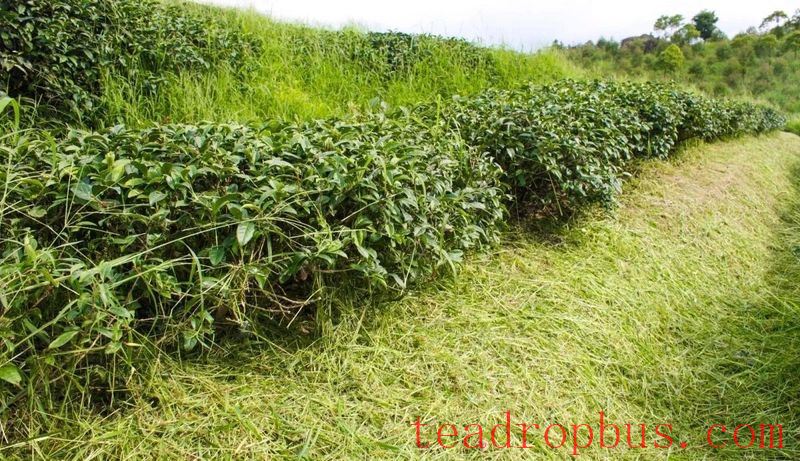
3. Reducing Operations
During periods of high temperatures and drought, field operations such as picking, pruning, fertilizing, and tillage should be reduced to avoid harm to the tea plants.
4. Shade and Sun Protection
Using shade nets to shield tea plants from direct sunlight can reduce light intensity and prevent sunburn. When setting up the shade nets, ensure there is a distance of more than 50 cm between the shade net and the canopy to prevent scalding of the tea plants.
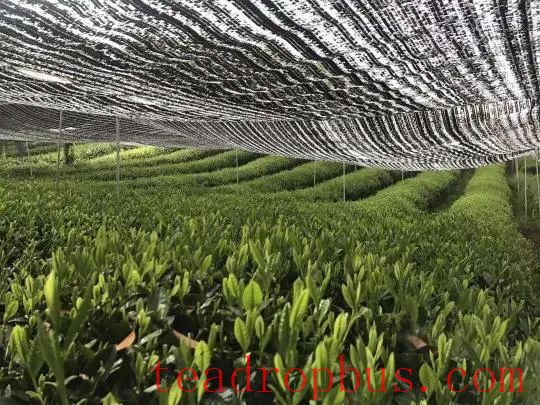
IV. Post-Disaster Remedial Measures for High Temperatures and Drought in Tea Gardens
1. Pruning Appropriately
For tea gardens severely affected by high temperatures and drought, if there are signs of large-scale leaf scorching and dead branches, appropriate pruning should be carried out to reduce leaf transpiration and limit the spread of necrotic tissue. Pruning standards should be 1–2 cm below the dead part.
2. Scientific Fertilization
After the high temperature and drought warning is lifted, fertilizers should be applied promptly when the soil is moist after rain. Organic fertilizers and specialized compound fertilizers for tea plants should be primarily used, with the addition of quick-release fertilizers as needed.
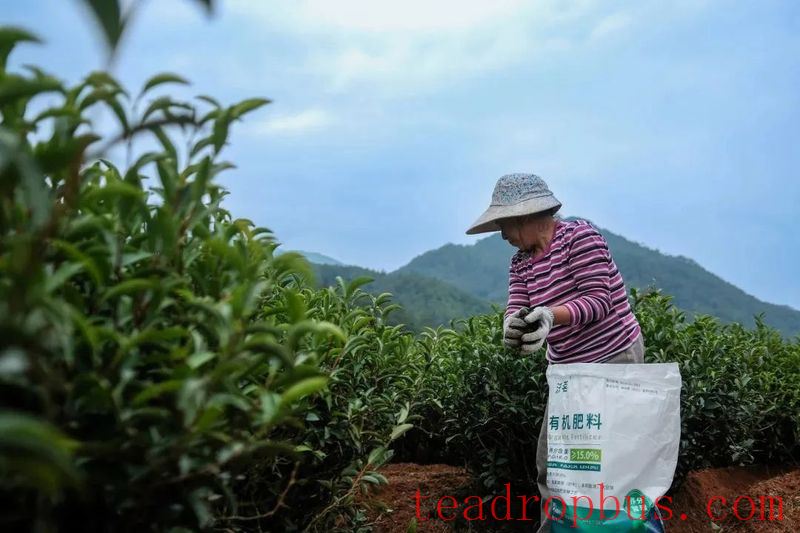
3. Replanting Tea Seedlings
For young tea gardens, if tea seedlings die due to high temperatures and drought, they should be replanted in the autumn or winter of the same year. For areas with a large number of dead tea seedlings, deep soil cultivation should be conducted, followed by replanting on amended soil.